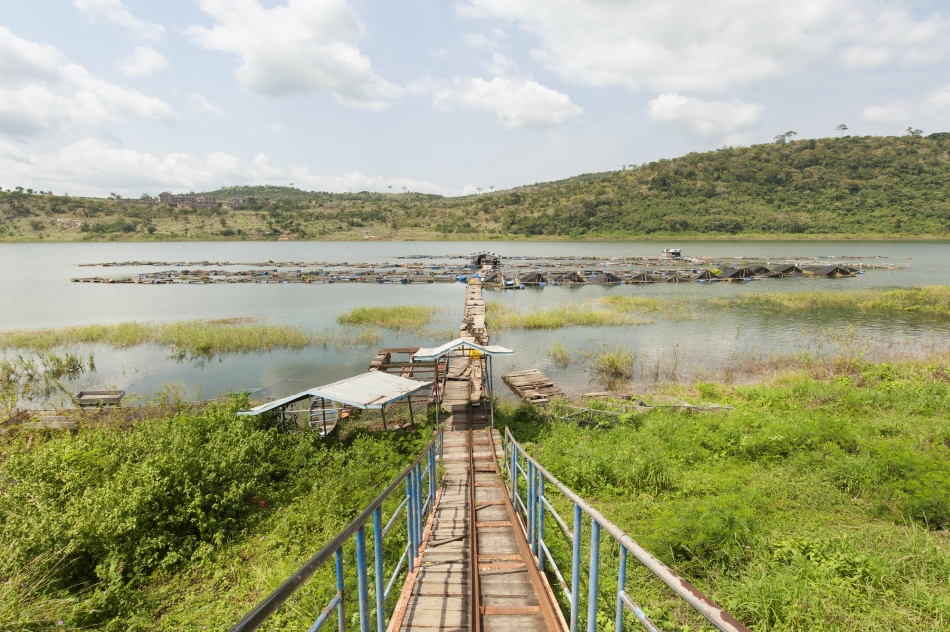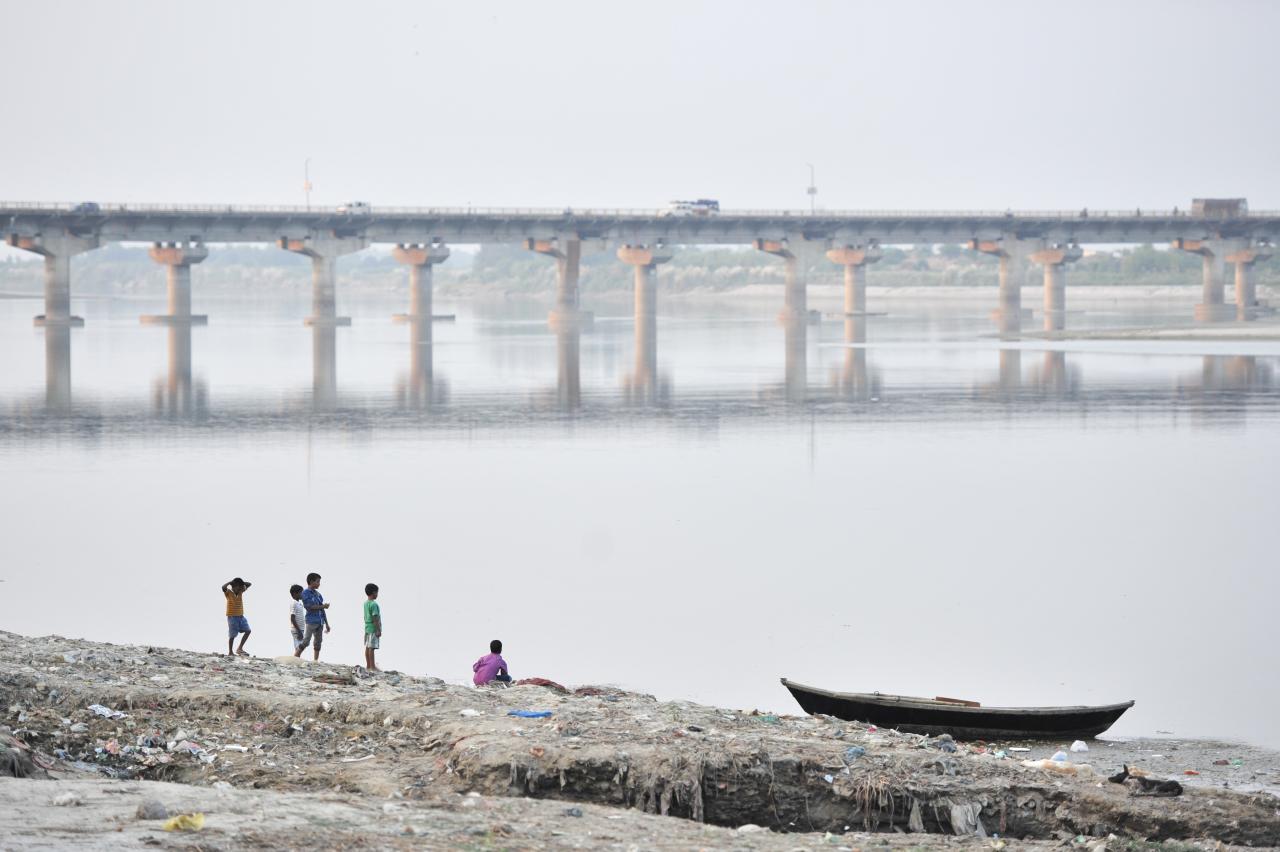International Day for Biological Biodiversity
“IWMI is part of the solution”
By Isis Palay, Communications and Knowledge Management Intern at IWMI
Biodiversity has always been under threat from human activity. Centuries before climate change started taking a toll on the environment, species like the dodo, the wooly mammoth and the Chilean sandalwood tree went extinct as a result of human activity.

Species are going extinct at a rate 1,000 to 10,000 times higher than normal. This is why at IWMI, our research projects take care to consider local ecosystems and their biodiversity in the innovative water solutions we develop. Through better distribution and use of water resources, IWMI aims to improve the lives of both local communities and species.
Last year, the IUCN red list counted 30,178 threatened species whose disappearance could trigger the collapse of the ecosystems they belong to. These extinctions are almost entirely driven by agriculture, travel, industry, pollution and other destructive human activities, the root cause of most of our planet’s greatest issues. But as this year’s International Day for Biological Biodiversity theme states, “we are part of the solution”. The key to restoring our ecosystems and protecting our environment lies not only in finding ways to correct our mistakes and change our problematic practices, but also in developing people-led solutions.
Transforming our water management practices to protect ecosystems
With climate change, the environment has become more vulnerable, and extreme weather events are magnifying human pressure on local ecosystems. This is the case in the Limpopo basin in Southern Africa, where droughts have become more severe in the last few years and groundwater reserves are a crucial resource for farmers and local water users. IWMI’s new project E-flows in the Limpopo Basin addresses this issue by ensuring that there is always enough water to sustain ecosystems, and to sustain the ecosystem services that are benefitting local communities living on the banks of the Limpopo River, such as fisheries, and water provision.
Using the environmental flows approach, or e-flows, IWMI researchers are developing a comprehensive assessment of all water flows in the basin. The e-flows approach takes all local water system flows into account so the available resources and all stakeholders’ water needs can be assessed accurately. Mapping the basin’s e-flows will allow our research team to build a detailed description of past, present and future alterations of flows. Our experts will then be able to identify the impacts of these alterations on local ecosystems and populations.
This project will uncover crucial data, allowing local policy-makers to make informed decisions for water management. By knowing exactly how much water flows in the basin, and how much groundwater reserves hold, local populations will be able to protect local ecosystems while ensuring that everyone’s water needs are satisfied. This will reduce the pressure on local water resources and ensure that the Limpopo River ecosystems stay healthy. The e-flows assessment will also provide a clear idea of the risks local populations would have to face if local ecosystems and the services they offer were lost. This will give incentivize stakeholders to be part of the solution and transform their water consumption patterns to boost biodiversity.
Finding innovative solutions to the pollution issue to benefit people, and the environment
Another issue that IWMI researchers have been working to solve is the pollution of our ecosystems by wastewater. More specifically, researchers have been looking at ways to prevent microplastics present in our wastewater from running into rivers, into deltas and then polluting our oceans, a problem which leads to the death of more than a million seabirds and 100,000 marine mammals every year.
Our oceans contain some of the most important ecosystems on our planet: phytoplankton produces half of our oxygen, fisheries provide us with fifteen percent of all the protein we eat, and oceans’ waters host more than half of all living creatures. Unfortunately, over 220 million tons of plastic are produced each year, and our best shot at reducing this plastic’s impact on our oceans is to prevent it from reaching our oceans in the first place. That means reducing plastic pollution at source.

IWMI and the United Nations Environment Program recently published a study identifying several problematic practices and exploring solutions to prevent plastics from entering the sea. The study’s authors argue that we not only need to improve our recycling practices, but we should also invest in the design of less polluting materials. The study also advocates better policy and campaign tools to stop the use of plastic microbeads, together with technologies and natural solutions for filtering the plastic present in wastewater before it is treated. Finally, the authors review different technologies for removing plastics from freshwater and saltwater: boats, debris sweepers and sea bins.
Our e-flows assessment in the Limpopo basin and our study published in partnership with UNEP are evidence that by realizing the value and importance of our ecosystems, we can find ways to shift our habits and transform our problematic practices. If we correct our mistakes, we can start protecting our biodiversity and reduce the strain we put on ecosystems. This is why when designing water solutions for communities, IWMI researchers always consider the impact on biodiverse ecosystems.

